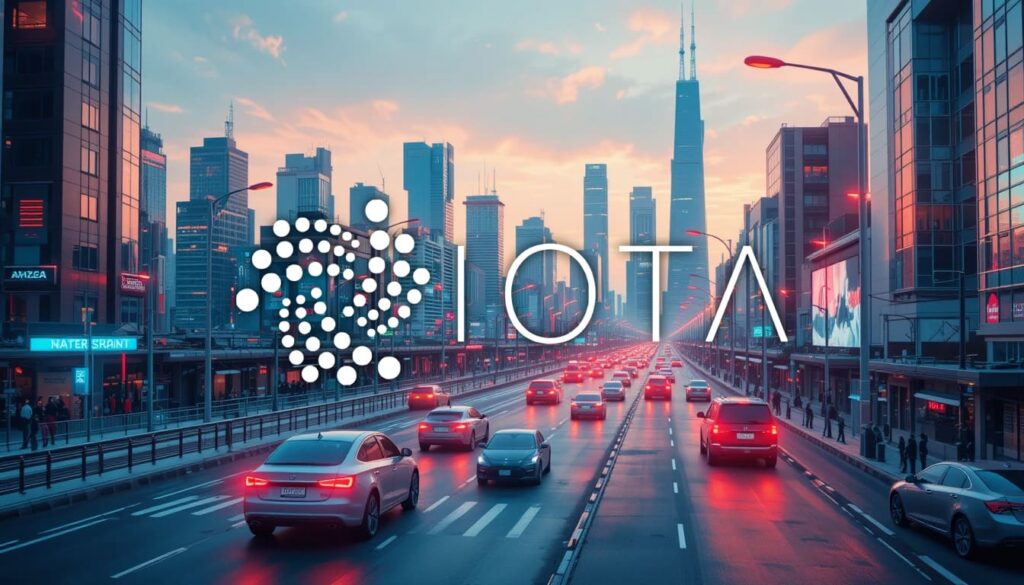IOTA, a blockchain alternative designed for the Internet of Things (IoT), has long been a project of intrigue and potential. Known for its unique Tangle technology, which replaces traditional blockchain with a directed acyclic graph (DAG), IOTA has faced its share of challenges, including technical issues and governance controversies. However, with the recent launch of the “IOTA Rebased” initiative, the project is experiencing a renaissance, rekindling interest and optimism among its community and the broader crypto space.
What is IOTA Rebased?
IOTA Rebased represents a significant overhaul of the IOTA protocol, aimed at addressing past shortcomings and unlocking new possibilities for the network. This initiative focuses on improving scalability, security, and decentralization while maintaining IOTA’s core mission of enabling feeless, machine-to-machine (M2M) transactions for the IoT ecosystem.
Key features of the IOTA Rebased upgrade include:
- Enhanced Scalability: By optimizing the Tangle architecture, IOTA Rebased aims to handle a higher volume of transactions, making it more suitable for large-scale IoT applications.
- Improved Security: The upgrade introduces stronger cryptographic protocols and consensus mechanisms to protect the network from attacks and ensure data integrity.
- Decentralization: IOTA Rebased moves closer to achieving true decentralization, a critical step for gaining trust and adoption in the blockchain space.
- Interoperability: The new protocol emphasizes compatibility with other blockchain networks and traditional systems, enabling seamless integration and data exchange.
Why IOTA Matters in the IoT Space
The Internet of Things is a rapidly growing field, with billions of connected devices expected to come online in the coming years. These devices generate vast amounts of data and require efficient, secure, and scalable systems to manage transactions and interactions. IOTA’s feeless and lightweight architecture makes it uniquely suited for this purpose.
- Feeless Transactions: Unlike traditional blockchains that charge transaction fees, IOTA’s feeless model is ideal for microtransactions between IoT devices, where even small fees would be impractical.
- Energy Efficiency: The Tangle’s DAG structure is more energy-efficient than Proof-of-Work (PoW) blockchains, aligning with the growing demand for sustainable technologies.
- Machine Economy: IOTA envisions a “machine economy” where devices can autonomously trade resources, such as computing power or data, creating new business models and revenue streams.
The Rebased Renaissance: A Fresh Start
The IOTA Rebased initiative marks a turning point for the project, addressing many of the criticisms and challenges that have plagued it in the past. Here’s why this upgrade is generating excitement:
- Community Engagement: The IOTA Foundation has actively involved its community in the development process, fostering a sense of ownership and collaboration.
- Strategic Partnerships: IOTA has secured partnerships with major companies and organizations, including Jaguar Land Rover and the European Union, demonstrating real-world applicability and trust.
- Focus on Use Cases: The Rebased upgrade emphasizes practical use cases, such as supply chain tracking, smart cities, and decentralized identity, showcasing IOTA’s potential to solve real-world problems.
Challenges Ahead
While the IOTA Rebased initiative is a step in the right direction, the project still faces significant hurdles. Competition from other blockchain and IoT-focused projects, such as Hedera Hashgraph and VeChain, is fierce. Additionally, achieving widespread adoption will require overcoming technical, regulatory, and educational barriers.
A Bright Future for IOTA
The IOTA Rebased renaissance represents a new chapter for the project, one that could finally realize its vision of a decentralized, feeless, and scalable network for the Internet of Things. By addressing past issues and focusing on innovation and collaboration, IOTA is positioning itself as a key player in the IoT and blockchain ecosystems.
